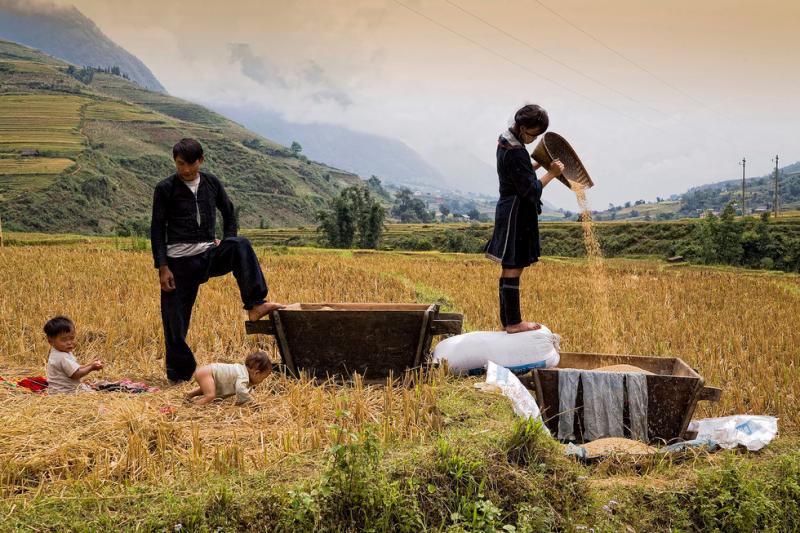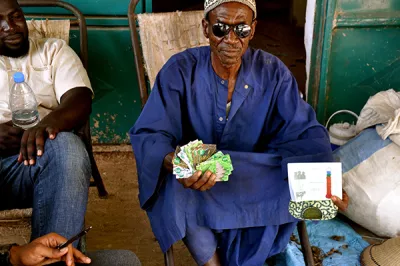Can HCD Lead to Digital Financial Solutions for Smallholders?
Despite ongoing efforts to serve the world’s 475 million smallholder households—the largest client segment by livelihood of those living under $2 a day—little is known about their financial needs and desires. This lack of understanding has made designing appropriate and affordable financial solutions for smallholders exceedingly difficult.
To overcome this barrier, CGAP used a competitive selection process to choose four financial service providers (FSPs) to design digital financial solutions that meet the needs of smallholder families. Forty companies from around the globe submitted applications. Our four FSP partners are EcoNet Wireless (Private) Limited in Zimbabwe, Urwego Opportunity Bank in Rwanda, myAgro in Mali, and Amret Microfinance Institution in Cambodia. This diverse group includes a mobile network operator, a microfinance bank, a retailer operating a mobile layaway service, and a microfinance institution.

In collaboration with design firms IDEO.org and Dalberg’s Design Impact Group, CGAP will draw on its experience to apply human-centered design (HCD) to smallholder product design. The goal of these design projects, which will run from January to July 2015, has as much to do with the process as the outcome: “CGAP has worked extensively with human-centered design in the past,” notes Michael Tarazi, senior financial sector specialist at CGAP. “But this is the first time we are using this approach to design digital products aimed specifically at smallholder families. The hope is that the design experience will yield important insights into how financial service providers can leverage digital solutions to better serve smallholders.”
The challenges are considerable. Because of the high cost of delivering services in remote rural areas and the risk and unpredictability that characterizes smallholder livelihoods, FSPs have struggled to find financially sustainable ways to serve these clients. As a result, an estimated 90% of smallholder farmers remain without access to formal financial services. This group includes farmers only loosely connected to value chains and noncommercial farmers without any connection to value chains. And even as there has been a renewed focus on extending agricultural credit—the demand for which the Initiative for Smallholder Finance estimates at approximately US$450 billion—these credit products have overwhelmingly targeted the smallest and least risky segment of smallholders: those with tight connections to value chains and more predictable agricultural cash flows (see "Segmentation of Smallholder Households").
FSPs have nevertheless indicated a commitment to expanding their reach to smallholder families, which along with innovations in digital solutions has made delivering financial services in remote areas more viable than ever. But CGAP also recognizes that this provider commitment will not translate into financial inclusion unless the products they deliver also meet smallholder demand. Indeed, serving smallholders will require more than a simple rebranding of existing products designed for urban markets or highly commercial farmers.
That is why we believe that a human-centered approach can play a crucial role in providing insights into how to design digital financial products and services for smallholders. HCD is a process built on learning directly from customers in their own environments. The process challenges financial providers to understand, create, evolve, and test possible solutions and repeat the cycle for as many times as it takes.




Add new comment